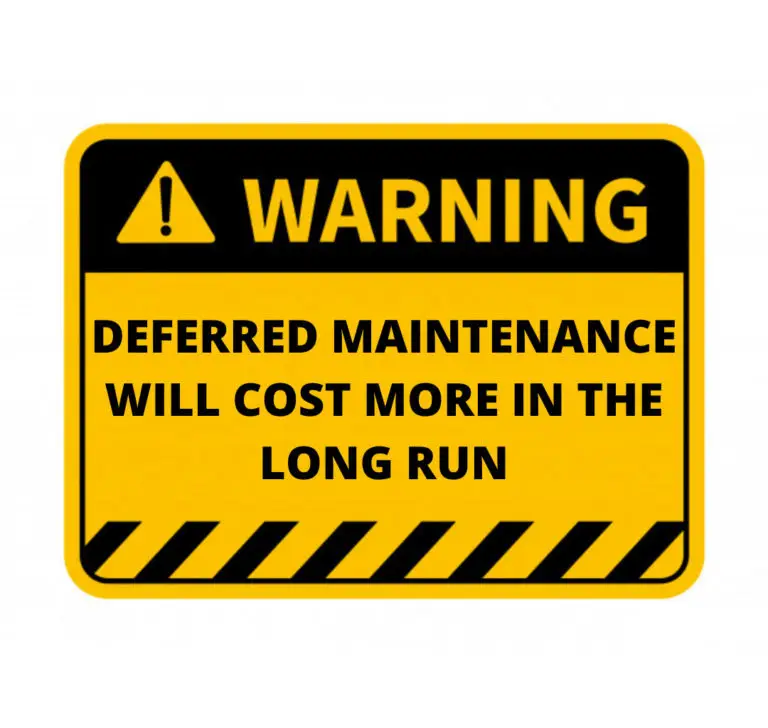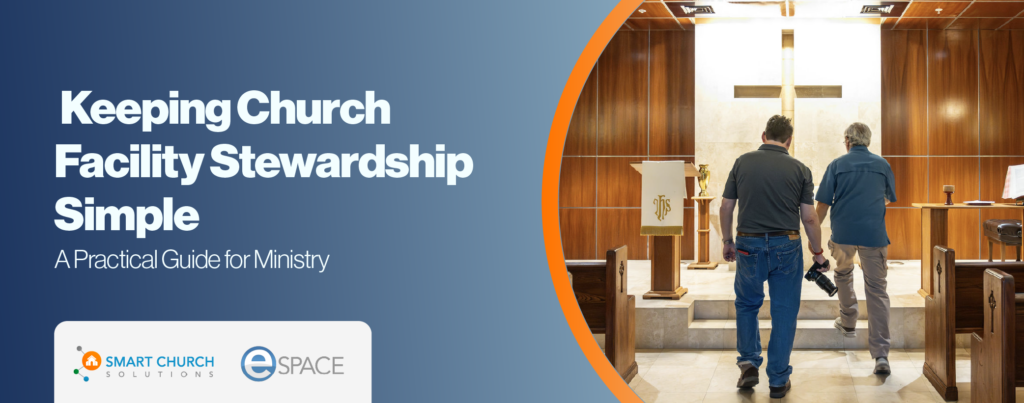As a facility manager and steward, how often do you perform a “walkabout” of your buildings and grounds?
Wait, What Is A Walkabout?
A walkabout is a critical part of your role. It is often overlooked. The term is not germane to most of us in the U.S. Its roots lead back to predominantly Australia and some in the U.K.
For our friends “down under” the term is defined as:
Walkabout is a rite of passage in Australian Aboriginal society, during which males undergo a journey during adolescence, typically ages 10 to 16, and live in the wilderness for a period as long as six months to make the spiritual and traditional transition into manhood.
Oxford Languages provides the meaning of a walking tour. In the 1980s, a managerial term was popularized called Management by Walking Around (MBWA).
In 1982, management consultants Tom Peters and Robert H. Waterman proposed the concept in their book In Search of Excellence: Lessons from America’s Best-Run Companies. Peters and Waterman examined the successful companies in the book, realizing a common nominator between the most successful. The successful companies had CEOs and managers who spent much of their time in the field instead of being confined to their offices. Peters and Waterman noticed these managers were more aware of the operations and, in general, had better ability to solve problems. Peters wrote a book, A Passion for Excellence, in which he continued to assert the style as the core element of excellent leadership.
The idea gained further attention when William Hewlett and David Packard, the founders of Hewlett Packard, mentioned the theory as part of the “HP Way.” The lessons learned from the technology company were examined and presented by Peters and Waterman.
The up-close-and-personal style of management became a popular option for organizations, and other big companies soon followed the teachings of Peter and Waterman. Disney has implemented management by walking, having its managers work shifts and subordinates. Apple’s Steve Jobs was another big believer in the style, putting himself in situations where he dealt directly with the customers.
Why Assess Your Church Facility
The walkabout — or what we like to call a Periodic Site Assessment — should occur weekly. At the very least, it should occur once a month. As a facility steward, you should pay attention to every aspect of your facility and grounds. Things change over time. What you observed last week might be different this week.
- The dust bunnies may have started to accumulate in the corners.
- There is a small brown spot in a ceiling tile that was not there last week. Is it a plumbing leak, roof leak, or HVAC condensation pipe/pan leak?
- The trash in the pastor’s office is full. Maybe the janitorial company needs a reminder.
- There is an accumulation of weeds in the front yard.
- The HVAC fans seem noisier than usual — time for a service call.
- The kids’ wing is cold. Maybe the HVAC scheduler is not being used correctly.
- The lobby walls are beaten up after that youth event. You may need the team to do some touch-ups before Sunday.
The list goes on.
By assessing your facility (perform a walkabout), you may very well catch items before their costs become significantly more expensive. (Remember what happens when you delay addressing issues: deferred maintenance.) This form of facility management will also help you maintain your facility correctly, and that will serve your congregation and guests well.
Smart Tool: Periodic Site Assessment
To help you get started, we developed Period Site Assessment (i.e., walkabout) checklist. This simple tool is not exhaustive. It should be customized for your specific facility and context. Now, go get to walking-about.









